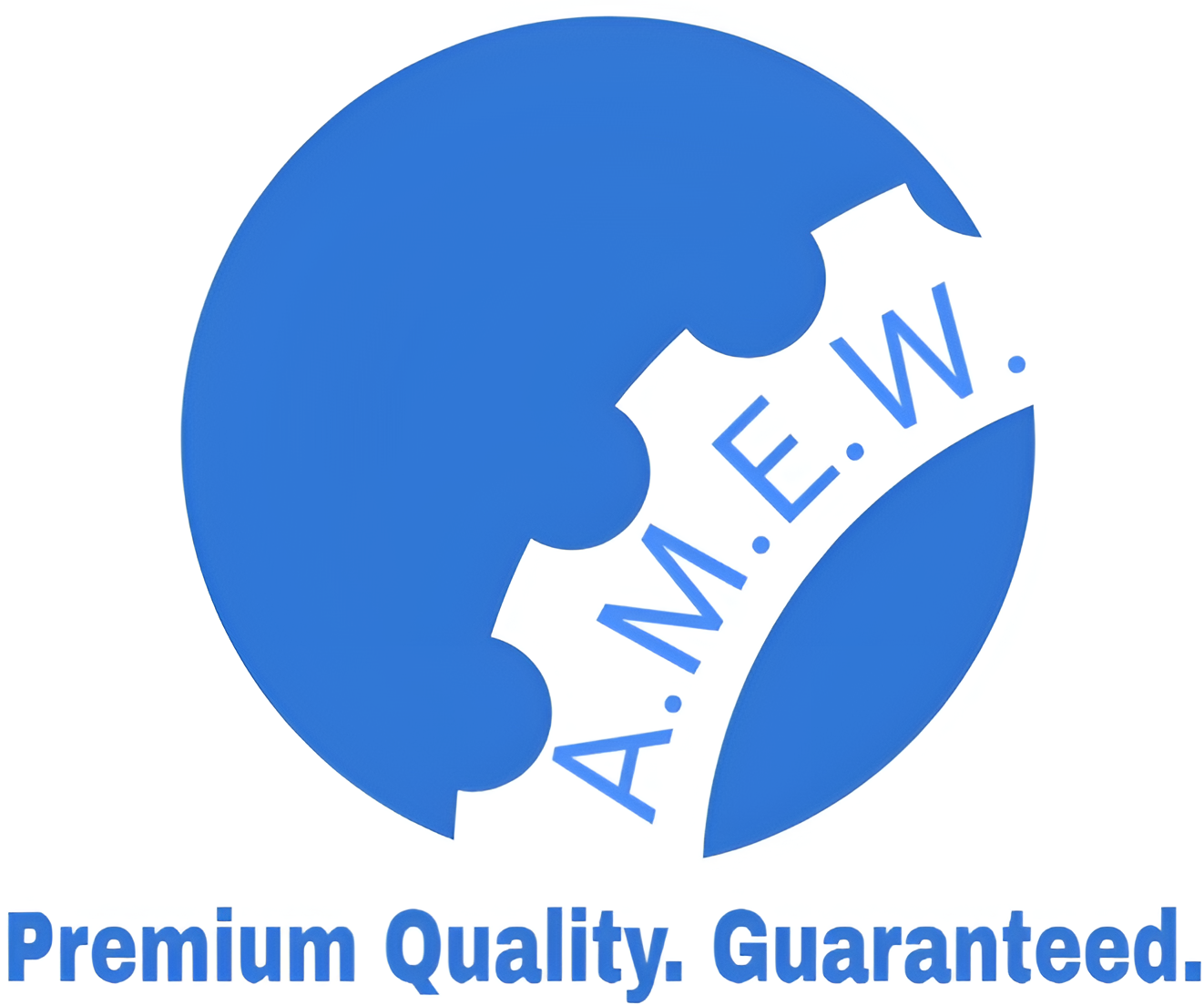SS Hollow Forgings: Powering Performance in Modern Manufacturing
Manufacturing professionals, procurement specialists, and engineers continuously seek ways to enhance strength, reduce weight, and increase efficiency. SS hollow forgings, an innovative approach that leverages the properties of stainless steel in a hollow, forged form, offer a powerful blend of these benefits. This blog explores what SS hollow forgings are, their unique advantages, and how they’re transforming major industries.
What are SS Hollow Forgings?
Definition and Basics
SS hollow forgings (stainless steel hollow forgings) are precision components created by shaping stainless steel into hollow forms through forging processes. Unlike traditional solid forgings, hollow forgings incorporate cavities or through-holes, reducing unnecessary bulk without sacrificing structural integrity. Manufacturers achieve this by plastic deformation of preheated metal, employing dies and hammers that shape the SS billets into seamless tubes, rings, or other geometric profiles.
Key Characteristics and Properties
Stainless steel hollow forgings stand out due to a combination of superior mechanical properties and corrosion resistance. Key characteristics include:
- Excellent strength-to-weight ratio
- High resistance to corrosion and oxidation
- Uniform grain structure, which ensures superior toughness
- Dimensional accuracy and surface finish
- Versatility in shape and size, from thin-walled tubes to complex contours
These features make SS hollow forgings a preferred choice in demanding applications where performance and reliability are critical.
Why Choose SS Hollow Forgings? Core Benefits
Weight Reduction
One of the primary benefits of SS hollow forgings is weight minimization. By creating a hollow core, engineers drastically cut down the mass of components, especially in applications like drive shafts, rollers, or structural beams. This reduction translates directly into:
- Improved fuel efficiency in transportation applications
- Lower material usage and handling costs
- Easier assembly and integration into larger systems
Enhanced Strength and Durability
Unlike welded or machined hollows, forged components exhibit superior metallurgical quality. The forging process aligns the internal grain flow along the contours of the part, significantly enhancing:
- Fatigue resistance
- Impact strength
- Overall durability under dynamic loads
Notably, the seamless nature of SS hollow forgings minimizes weak spots and vulnerabilities to stress fractures, making them ideal for safety-critical components.
Cost Efficiency
SS hollow forgings optimize material usage, minimizing both waste and the weight-related transportation costs. The forging method reduces the need for extensive machining; near-net shapes mean manufacturers spend less time (and energy) on secondary processes. These efficiency gains help:
- Lower upfront production costs
- Reduce total cost of ownership
- Extend component lifespan, reducing replacement frequency
Design Flexibility
Forging allows for highly tailored geometries, permitting engineers to customize wall thickness, diameter, and profile to precise specifications. This flexibility makes it easier to:
- Integrate specialized features (grooves, ribs, or flanges)
- Adapt to evolving design requirements
- Support complex assemblies that solid forgings or castings can’t accommodate
SS Hollow Forgings in Action: Industry Applications
Aerospace
Weight is at a premium in aerospace. SS hollow forgings deliver the strength needed in structural elements (like landing gear, engine shafts, or hydraulic cylinders), while their reduced mass helps boost fuel efficiency and payload capacity. The seamless forging process ensures the reliability required for components exposed to cyclical and high-stress loads at altitude.
Automotive
Automotive manufacturers leverage SS hollow forgings for driveline components, axles, and steering parts, where both weight and high torque capacity matter. The improved mechanical properties translate to better performance and safety, while the design flexibility allows adaptation to new vehicle architectures, including electric drivetrains.
Oil & Gas
Harsh environments demand components that resist both mechanical wear and corrosion. SS hollow forgings are extensively used in pipelines, pressure vessels, and drilling equipment, where seamless construction prevents leaks and reduces risk. Superior corrosion resistance extends service intervals, crucial in offshore and remote installations where maintenance is costly.
Construction
Structural supports, beams, and columns benefit from the combination of lightness and strength found in SS hollow forgings. The material’s resistance to corrosion and environmental damage ensures longevity, reducing the need for frequent repairs or replacements in bridges, towers, and modern architectural projects.
Unlocking the Future with SS Hollow Forgings
Recap of Benefits
- Reduced weight lowers operational costs and improves system efficiency.
- Enhanced strength and durability ensure safety and performance in critical roles.
- Cost efficiency aligns with tight production budgets.
- Design flexibility empowers engineers to solve new technical challenges.
Future Trends in Forging Technology
Looking ahead, advancements in forging technology promise even greater efficiencies and capabilities for SS hollow forgings. The integration of computer-aided die design, precision automation, and real-time metallurgy monitoring enhances repeatability and quality. New stainless steel alloys and hybrid manufacturing—with 3D-printed preforms or post-forge alloying techniques—are on the horizon, expanding application possibilities even further.
Manufacturers who stay current with forging innovations will be uniquely positioned to deliver advanced, high-performance solutions across aerospace, automotive, oil and gas, and construction industries.

